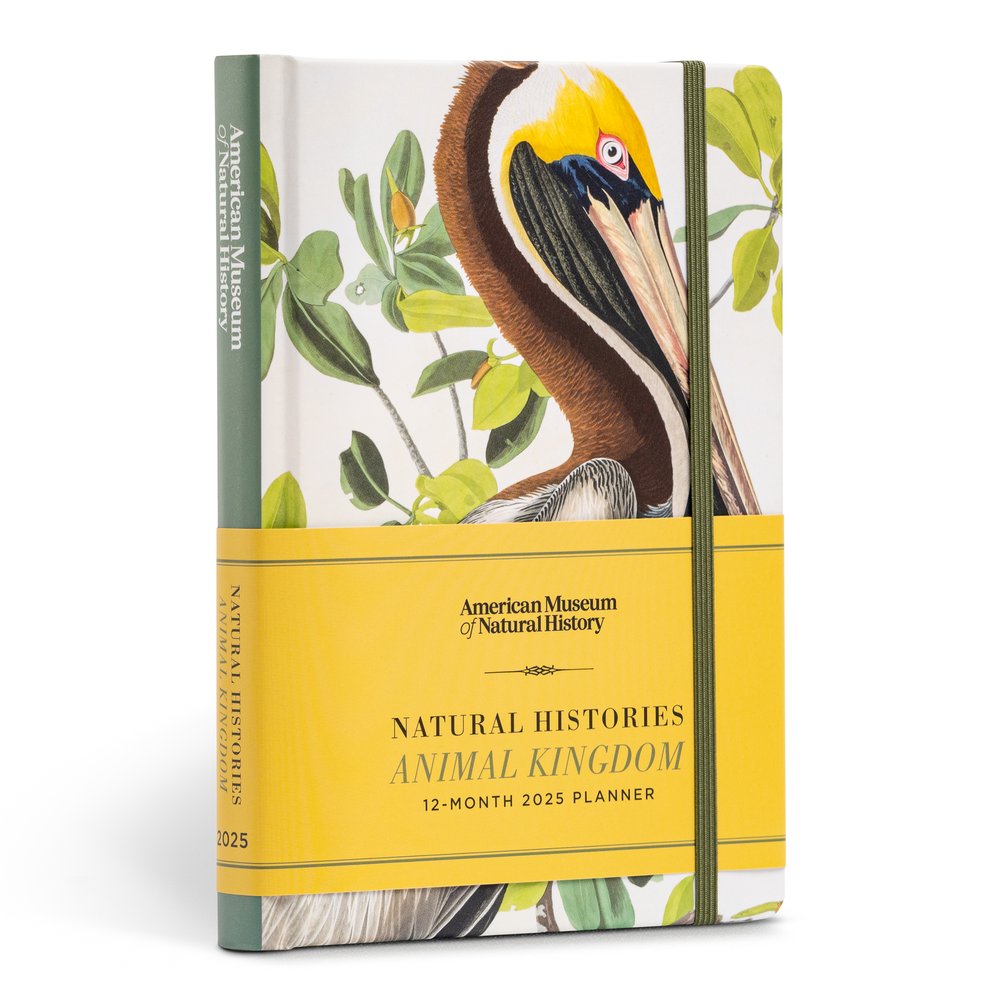Natural Histories Animal Kingdom 12-Month 2025 Planner

This unique agenda celebrating the world’s diverse creatures is illustrated by spectacular images from the American Museum of Natural History; it provides a place to track everything from daily tasks to important events, beautifully.
Inside the American Museum of Natural History is an eight-story library—one of the largest natural-science libraries in the Western Hemisphere—that contains nearly half a million volumes of illuminated monographs, pamphlets, reprints, and original rare books. Some of the most striking images from that collection are featured in this colorful 17-month planner filled with beautifully rendered images from the animal kingdom—from iridescent insects, extraordinary birds, and majestic mammals to stunning sea creatures. Monthly two-page views, weekly spreads, and note pages help you stay organized through the seasons, and moon phases and major and national holidays are included. It is the perfect planning companion for nature and art lovers alike.
Features include:
- Monthly two-page views, weekly spreads, and note pages
- Major and national holidays for the US, Canada, and UK, and moon phases
- Colorful artwork throughout
- Back pocket to store important records
- Two page-marker ribbons and an elastic strap closure
- Removable paper cover band

The American Museum of Natural History is one of the world’s preeminent scientific, educational, and cultural institutions. Since its founding in 1869, the museum has pursued its mission—to discover, interpret, and share information about human cultures, the natural world, and the universe—through a broad program of scientific research, education, and exhibition. Each year, approximately 5 million visitors experience the museum’s 45 permanent exhibition galleries, which include some of the world’s greatest dioramas, fossil halls, and the Rose Center for Earth and Space, home of the Hayden Planetarium. The museum’s collections, only a tiny fraction of which are on view, surpass 34 million specimens and artifacts. They are an invaluable resource for the museum’s 200 scientists, for graduate students in its Richard Gilder Graduate School—the Western Hemisphere’s only museum-based PhD-granting program—and for researchers around the world.
